Dead Or Alive: 10 Behind The Scenes Facts Fans Didn't Know About The Games
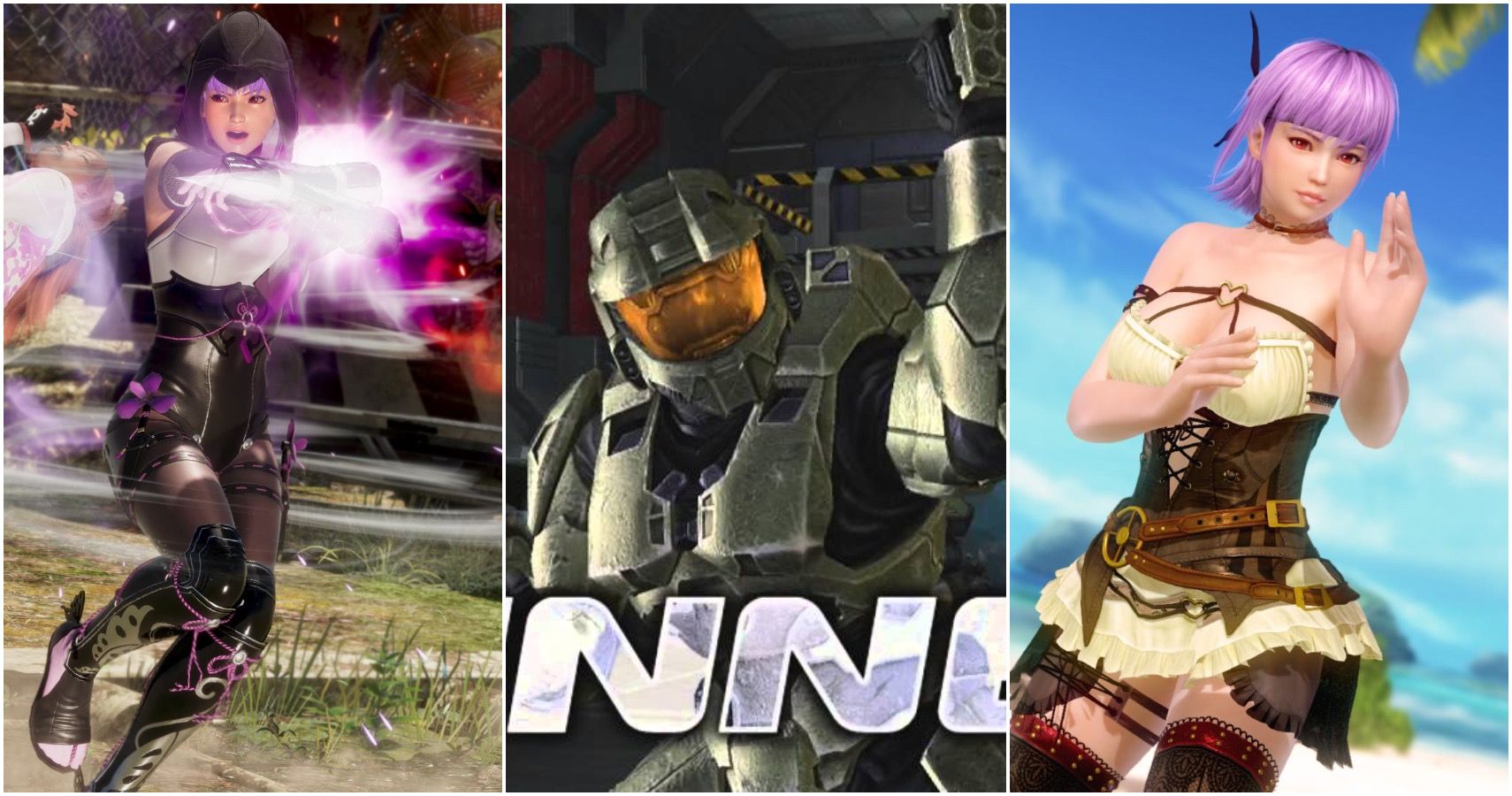
Video games have evolved in considerable ways over the various gaming generations and even though great strides have been taken in the fighting genre, it hasn’t changed that much since the arcade days. There have been dozens of notable fighting franchises, some of which have survived and others that have disappeared, but Dead or Alive, is one series that remains resilient.
It’s easy to write off the Dead or Alive franchise due to its titillating visuals, but there’s a lot more to these games than meets the eye. Accordingly, here are 10 behind the scenes facts that fans didn’t know about the Dead or Alive games.
10 The Franchise Pioneered "Jiggle Physics"
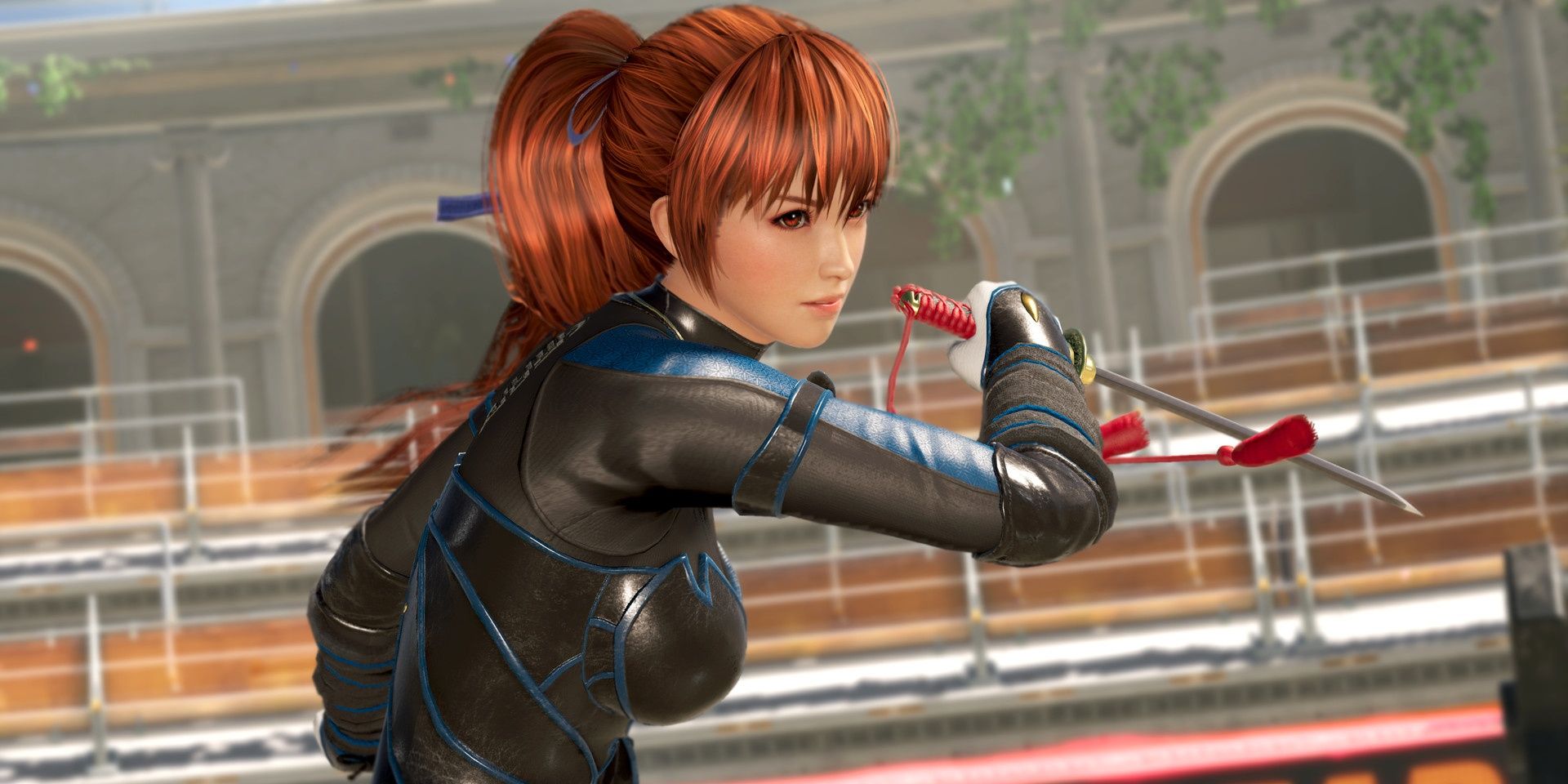
For a long time, "realism" was something that was really searched for in video games and it was always exciting to see how new hardware could bring titles further to reality. The original Dead or Alive from 1996 attempted to push fighting games into more realistic territory with "jiggle physics," in reference to how certain parts of the female anatomy move from contact.
Curiously, the Dead or Alive games have tried to scale back on this over the years, while other fighters have incorporated the concept.
9 The Franchise's Name Is A Reference To An Ultimatum
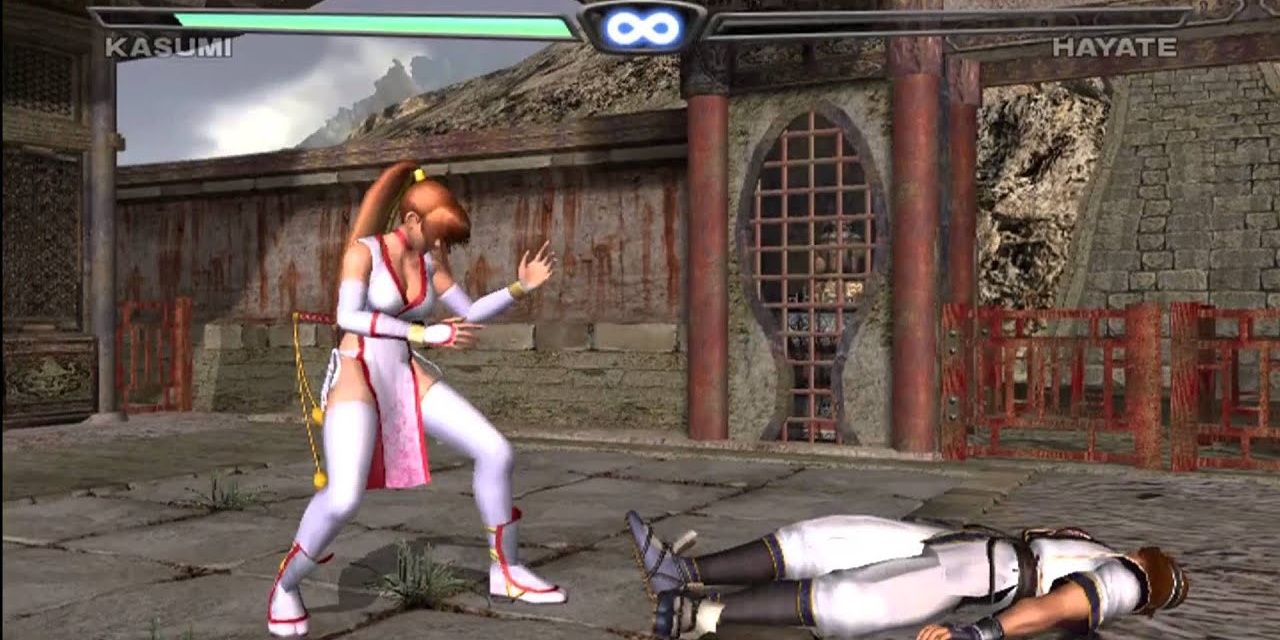
Tomonobu Itagaki, the creator of the Dead or Alive series, was so confident that he could create a popular fighting franchise that he proposed an ultimatum to the head of Tecmo. The game would either be a long-running success or a complete failure, with nothing in between.
Up until this point, Itagaki had considered names like "Ninja Fighter" or "Poligon Fighter" for the game, but "Dead or Alive" came from out of the high stakes surrounding the game's success. Itagaki succeeded in the end and Dead or Alive would become one of Tecmo’s biggest successes.
8 Dead Or Alive Was Influenced By Virtua Fighter, Fatal Fury, And Mortal Kombat
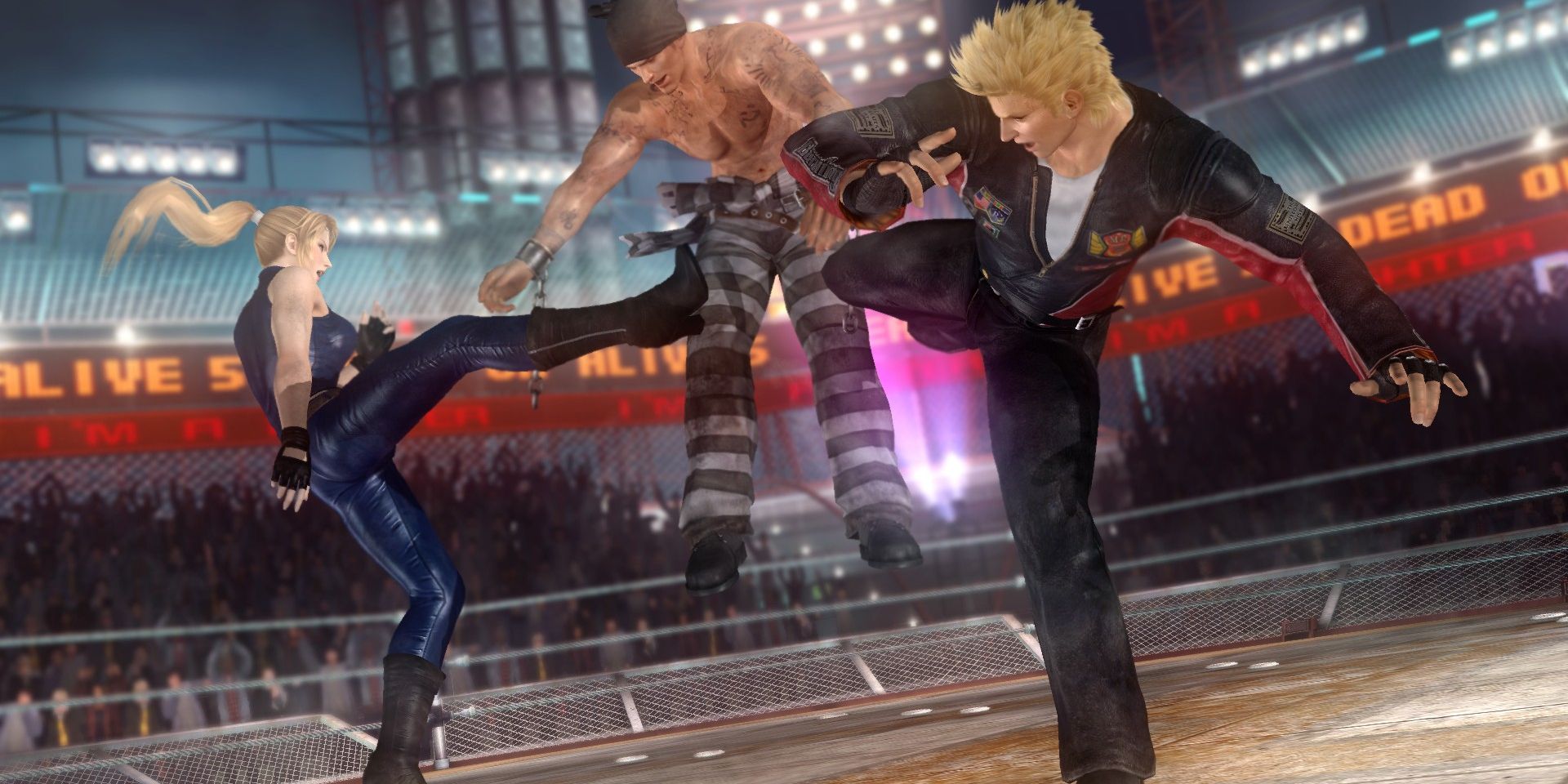
It's common practice for new fighting games to turn to their predecessors to evaluate what's working and what needs to be changed. Tomonobu Itagaki was desperate that Dead or Alive be successful for Tecmo, so he looked to a cross-range of fighting games for inspiration. Itagaki looked at Virtua Fighter and Fatal Fury to help develop a streamlined gameplay and attractive characters, whereas he drew influence for Mortal Kombat's tendency to feature destructible stage environments. These games helped give Dead or Alive a strong foundation and the series has since gone on to inspire other fighting series down the line.
7 The Series Led To The Formation Of Team Ninja
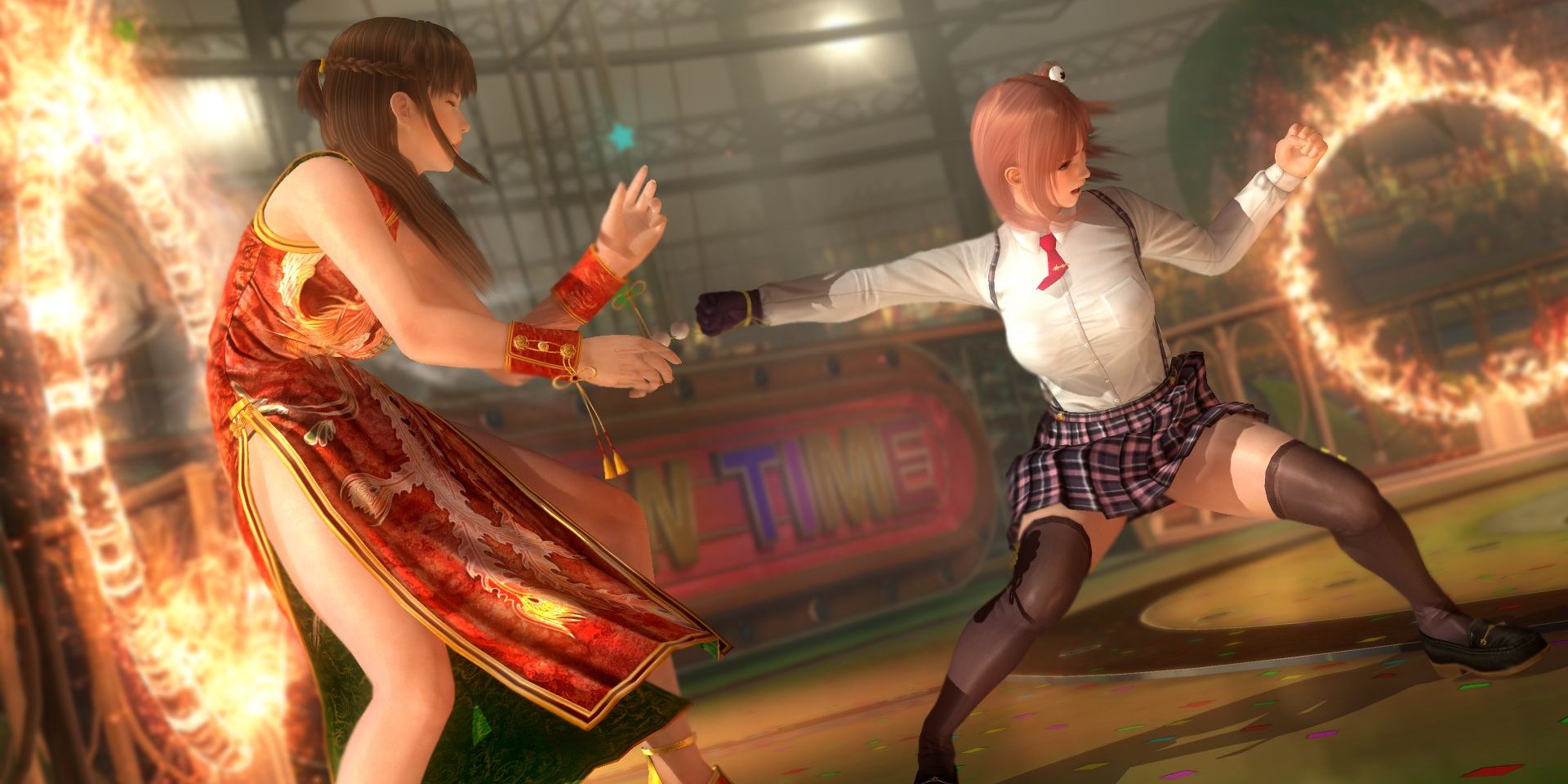
Tomonobu Itagaki is one of the most acclaimed names in the video game industry, but he was struggling before the birth of Dead or Alive. When Itagaki was given the greenlight by Tecmo for Dead or Alive, he went ahead and formed a division in the company called Team Ninja. Team Ninja completed Dead or Alive, but they'd go on to become an extremely influential developer, helming popular titles like the Ninja Gaiden series or Metroid: Other M. Regardless of one's opinions on Dead or Alive, the game helped make this important studio possible.
6 Master Chief Was Almost In The Franchise
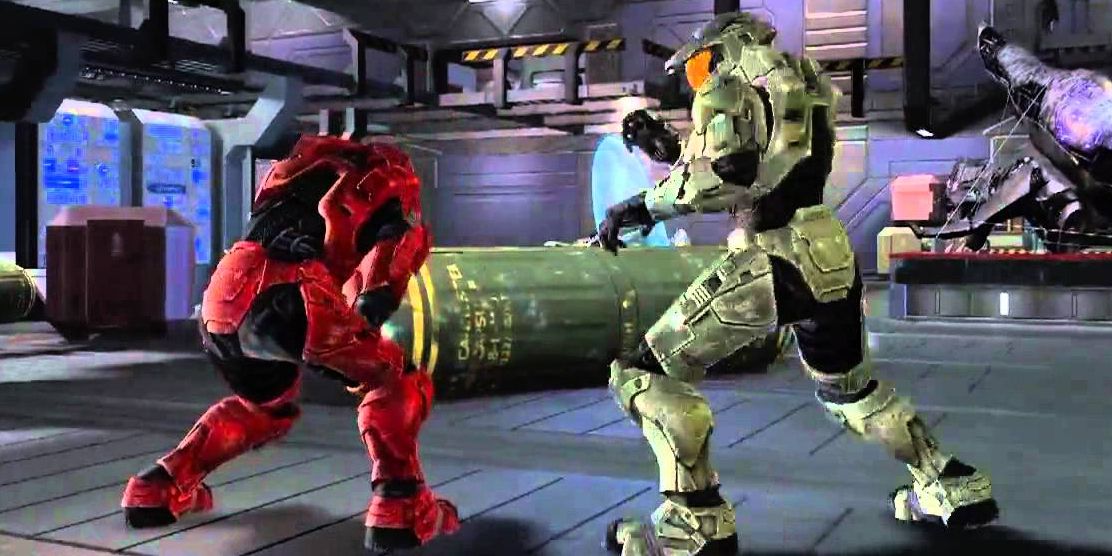
It's becoming frequently popular for fighting games to feature guest characters from other popular franchises or fighting games as a way to spice up the experience. Dead or Alive has indulged in this area and featured characters from Ninja Gaiden and Virtua Fighter, but at one point Halo's Master Chief was nearly included. Halo's Bungie had some reasonable restrictions in place for their coveted character, so the compromise was to design a new Spartan character, Nicole, which was a better fit for Dead or Alive's universe.
5 The Franchise Was Started Because Tecmo Was In Dire Need Of A Hit
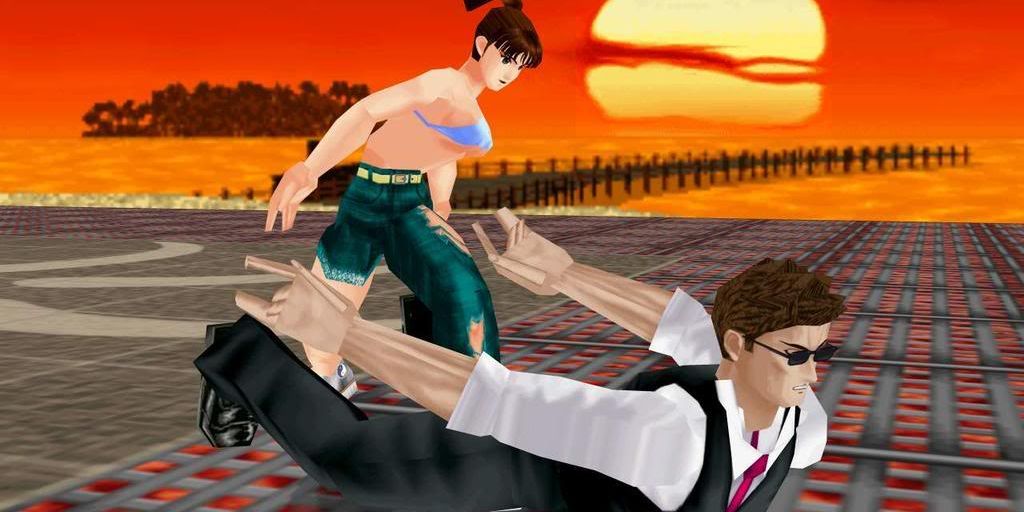
The circumstances behind how franchises get started can always vary and sometimes companies will stumble onto success with games that they didn't even take seriously. In the case of Dead or Alive, Tecmo was experiencing struggling game sales and they needed a franchise that would save them and earn the company dedicated fans. Of the several angles that were possible, Tomonobu Itagaki was most interested in the fighting genre, which led to the birth of Dead or Alive as one of Tecmo's major crown jewels.
4 The Franchise Has Featured Celebrity Guest Voices
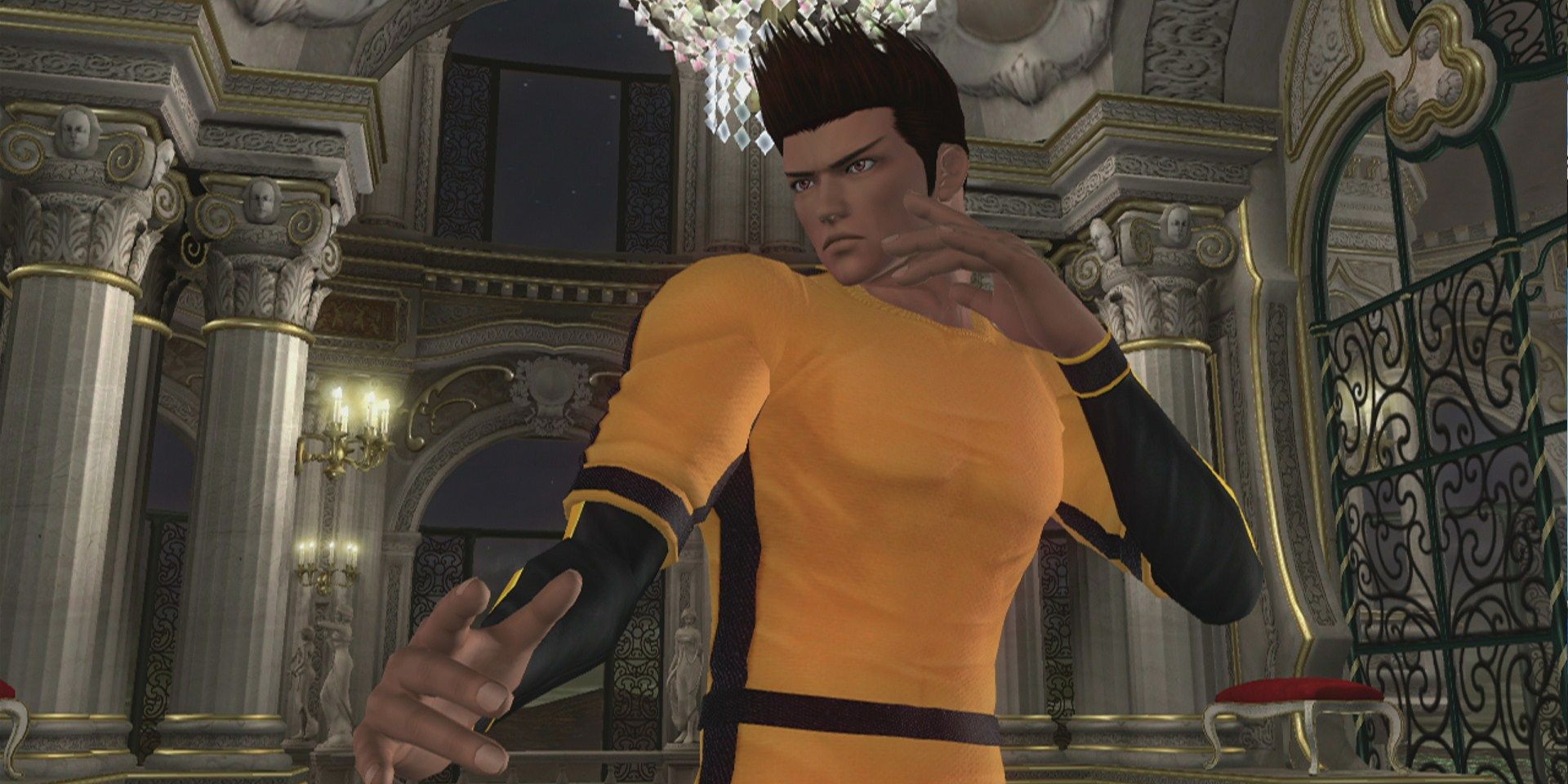
It's always interesting to see how video games will try to appeal to a broader audience. There have been examples of celebrity guest voices in the odd fighting game, but Dead or Alive has made some especially puzzling choices over the years. In Dead or Alive: Xtreme Beach Volleyball, Dennis Rodman voices the stereotypical Zack. It's a very random casting choice. However, what's even more puzzling is the inclusion of Broadway darling Darren Criss as Jann Lee in Dead or Alive: Dimensions. It's unclear if either of these strategies brought in more players, but they're in the game!
3 There Was Almost A Prequel Game In A Different Genre
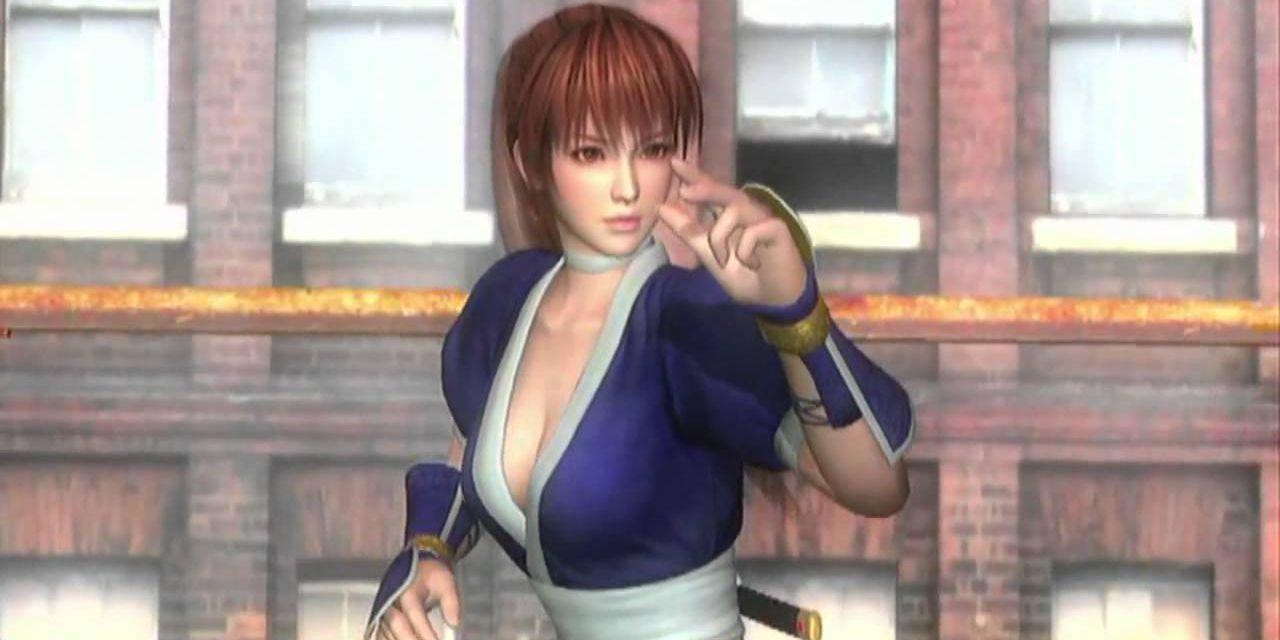
Several Dead or Alive games have recently come out, but Itagaki was always fairly open about how he thought Dead or Alive 4 was the franchise’s peak. As a response to this, Itagaki and Team Ninja were developing a game called Dead or Alive: Code Chronos for the Xbox 360. The game would have focused on a younger Ayane and Kasumi and tie into the events of the first game. Itagaki stated it wouldn't be a fighting game, despite set in the Dead or Alive franchise. Shortly following Itagaki's departure from Team Ninja was the cancellation of the spin-off.
2 It's Helped Influence The Ninja Gaiden Series
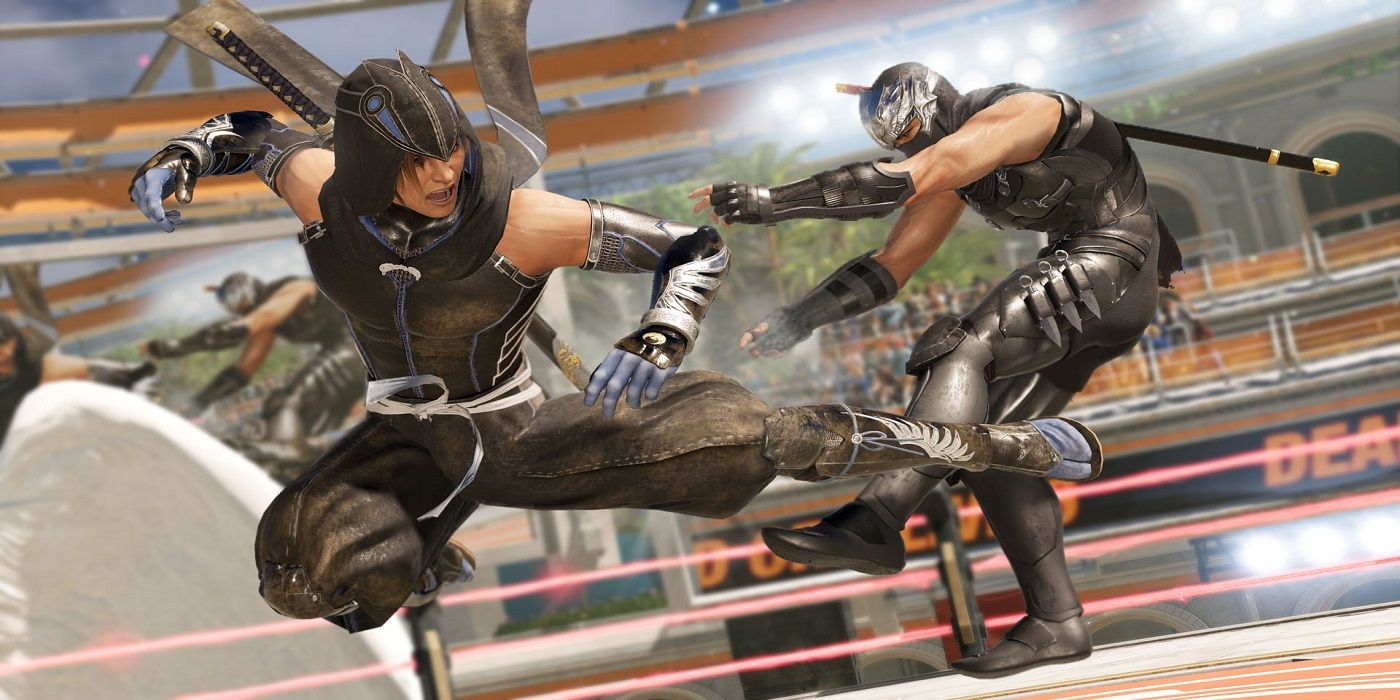
The success that Itagaki and Team Ninja saw with the Dead or Alive games allowed them the leverage to reboot the popular hack-and-slash series, Ninja Gaiden. However, as both the Ninja Gaiden and Dead or Alive series have gone on, they've increasingly influenced one another, whether it's characters from both games crossing over, or play styles from Dead or Alive becoming the norm in Ninja Gaiden. As the two series go on, they even begin to share a timeline and continuity and truly just become one big universe.
1 The Franchise’s “Fan Service” Spawned Its Own Series
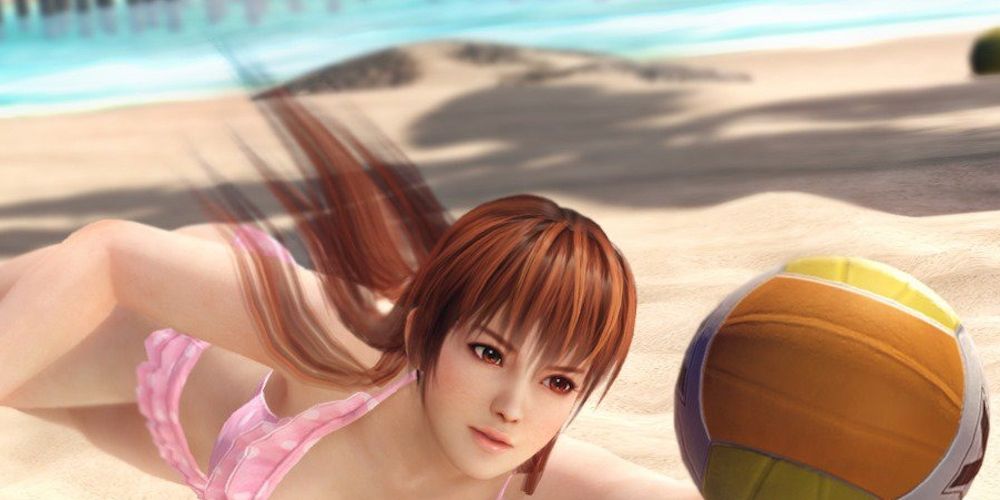
One of the things that stood the early Dead or Alive games apart from its competition is how they featured "jiggle physics' and a female-centric cast. This exploitation of these characters continued to increase through both costumes and minigames to the point that a whole new series, Xtreme Beach Volleyball, was developed from the concept. Not only that, but games like Dead or Alive Paradise and Venus Vacation all capitalize on these features and get away from the actual fighting. Ironically, these factors have led to censorship issues and something Dead or Alive has tried to distance themselves from.

Post a Comment